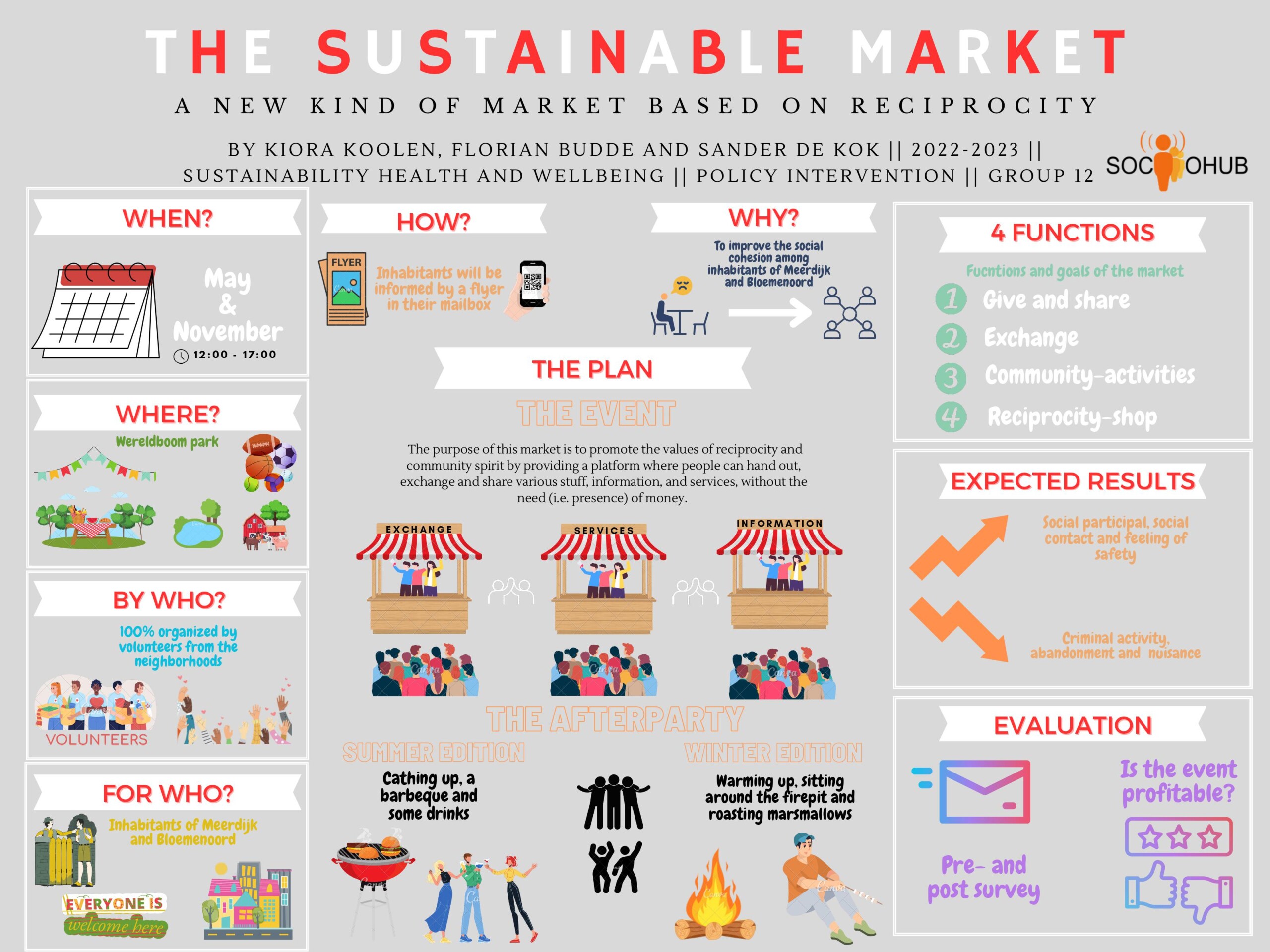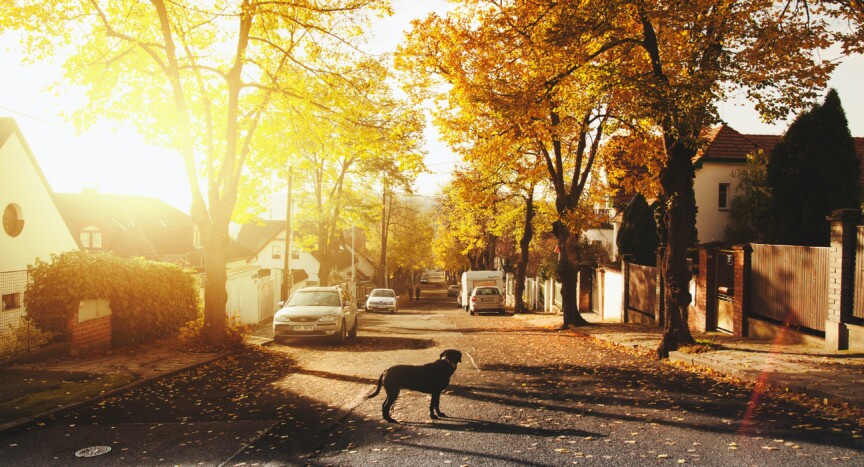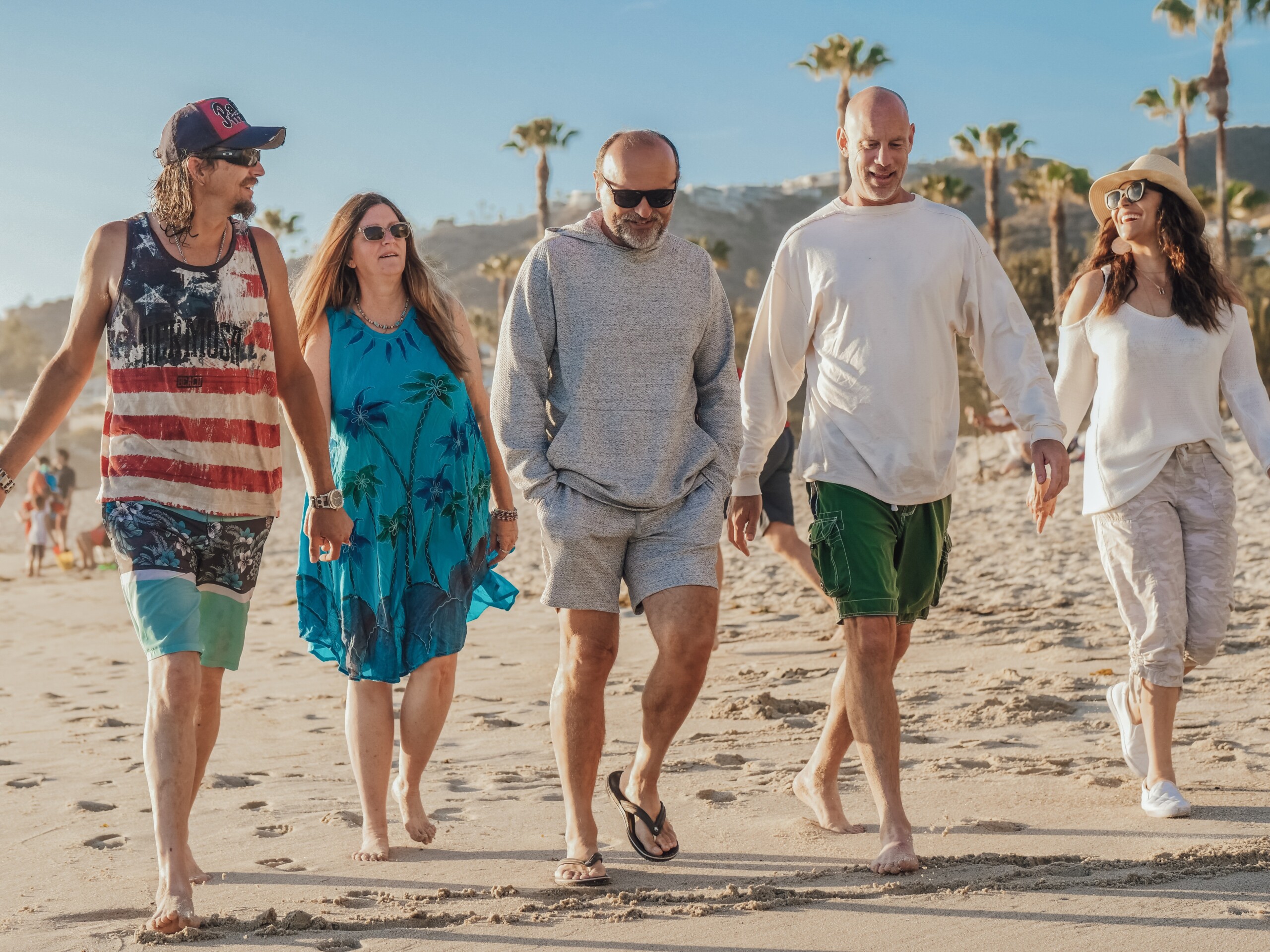A blogpost written by Florian Budde, Kiora Koolen and Sander de Kok.
On Tuesday, March the 7th we went on a field trip to Waalwijk to examine how two of the neighborhoods in town were organized and if there were any noticeable differences between the both. We had in mind an informative, but also interactive trip in which we would get to know more not only about the outside of the two neighborhoods, but also the spirit of the people that lived there, which we found to be almost as important. Three hours later, however, we left Waalwijk having spoken to only 1 inhabitant, and seen not many more. There seemed to be a great lack of outside livability in the neighborhoods and just as little interaction between people of the different sides of town. Although people from Brabant are normally characterized as easy going and very interactive, we spotted no proof of that in our trip to Waalwijk. But how is this possible?
The people from Meerdijk look down upon us
A possible clue to the answer could be found in one conversation we had with a local. In the bakery in a small commercial center in Bloemenoord, one of the two neighborhoods we visited, we talked to a woman from that neighborhood and how she felt about interacting with inhabitants of Meerdijk, the other neighborhood. As a reason that the feeling of community was lacking in between the neighborhoods, she said that she felt that the inhabitants of Meerdijk, a relatively wealthier neighborhood, looked down upon their neighbors from Bloemenoord and as such, they mostly avoided each other. In the graphics below, the difference in educational level might explain the feeling of being looked down upon in Bloemenoord.


Rivalry between neighbors
Seemingly, Meerdijk and Bloemenoord are different communities living in their own space and with different characteristics. An article about the livability in Waalwijk gives us a great look into those differences [1]: for starters, they indicate that when the locals were asked to rate their neighborhood on a scale of 1 to 10, the people from Meerdijk rated their own an 8,4, as opposed to a 7,3 that people from Bloemenoord ranked theirs. Moreover the people of Waalwijk rate their quality of living environment differently (7,7 for Meerdijk and 6,8 for Bloemenoord) and very important: the involvement of local residents, where Meerdijk scores a 7,2 and Bloemenoord only a 6,2. These numbers might not be completely generalizable for every inhabitant, but still gives us a good insight in how these neighborhoods differ.
You might now think, what does one have to do with another? Why would it be needed for both neighborhoods to be equal for inhabitants to live a happy life? Well, firstly Meerdijk does not have any shopping, catering or even sporting facilities, therefore residents are, for these facilities, dependent on other neighborhoods, such as Bloemenoord. If they have to go to the other neighborhood anyway, why not make the contact more pleasurable for both groups? More importantly, social contact is just a core need for a person’s wellbeing [2]. In extreme cases, this even means that people with less social contacts are more likely to die than those with more social connections.
‘Brabantse gezelligheid’
Although the last paragraph ended on a rather shocking note, we will have to emphasize that there is mostly a positive point to be made. That one is linked to the title above this subdivision; namely the ‘Brabantse gezelligheid’. As we said in the introduction, people in Brabant are usually seen as welcoming, open-hearted people, something that surely has to be present in the Waalwijk population as well. ‘Brabantse gezelligheid’ is a concept that is most accurately described as: “togetherness – a shared sense of joy of spending time together with friends, or drinking at a terrace after work” like described on the website Dutchreview [3].
Two weeks after the field trip, we had a meeting with civil servants from Waalwijk in the town hall to discuss the findings of the trip. When we raised the topic of social contact between neighborhoods, they gave us a couple of examples on how they are ready to handle this topic. They have a lot of projects going on involving inhabitants to activities in profit of the environment they live in; there are walking groups, local coffee clubs, projects on greenery and also plans on improving the public transport system in order to facilitate the youth that travel elsewhere for education [4]. All of this is done with the aim to let the people give the initiatives themselves, where the municipality just facilitates, which they deemed perfectly doable.
Maybe in the end, we visited Waalwijk at the wrong time and wrong day, and might the future of the neighborhoods of Bloemenoord and Meerdijk be full of social interactions and equality. There sure is potential for a well-functioning interactive future between both neighborhoods, as long as they go by the spirit of ‘Brabantse gezelligheid’.

References:
[1] Notion – The all-in-one workspace for your notes, tasks, wikis, and databases. (n.d.). Notion. https://distinct-wormhole-dc6.notion.site/20220304_Leefbaarheid-in-Waalwijk-2021-bf0f98ec17474a2aa4fa227131280726
[2] Umberson, D., & Montez, J. K. (2010). Social relationships and health: A flashpoint for health policy. Journal of Health and Social Behavior, 51(1), S54–S66. https://doi.org/10.1177/0022146510383501
[3] Moca-Grama, V. (2022, September 30). Gezellig: An essential Dutch concept. DutchReview. https://dutchreview.com/culture/gezellig-an-essential-dutch-concept/
[4] Gemeente Waalwijk. (2017). Samen werken aan de toekomst. Ververs Tekst. https://www.waalwijk.nl/_flysystem/media/Strategische%20visie%20Waalwijk%202025%20publieksversie%20met%20interviews.pdf







